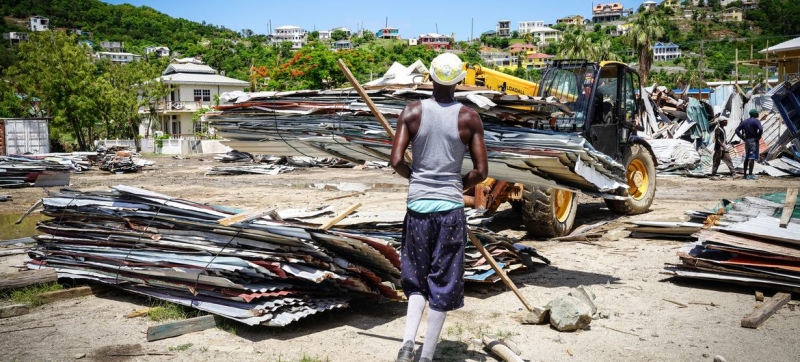
Hurricane Beryl aftermath. Record-breaking hurricane season ends in the Atlantic Climate and Environment
The Atlantic hurricane season officially ends this weekend, leaving a trail of destruction, loss, and economic damage across the Americas and the Caribbean, the World Meteorological Organization (WMO) said Friday.
This year has seen 18 named storms, 11 hurricanes, and five major hurricanes of Category 3 or higher, marking the ninth straight season with above-average activity in the Atlantic basin.
“Year after year, the climate crisis continues to break new records, leading to an increase in extreme weather events, including rapidly intensifying tropical cyclones, intense rainfall and flooding,” said WMO Secretary-General Celeste Saulo.
Extreme Season
Hurricane Beryl made history as the earliest Category 5 hurricane ever recorded in the Atlantic basin, causing widespread destruction in the Caribbean in July. Although Beryl caused significant damage to homes and infrastructure, its threat to human life was mitigated by early warning systems.
Hurricane activity slowed in August due to atmospheric conditions, but the frequency and intensity of storms increased again in early September. Seven hurricanes have formed since September 25, a record for the end of the season.
Hurricane Helene made landfall on the Gulf Coast of Florida in late September, causing catastrophic flooding and damage. The storm was the deadliest to hit the U.S. since Hurricane Katrina in 2005.
Growing Threats
The 2024 hurricane season has highlighted a troubling trend of increasingly powerful storms driven by the climate crisis.
While the average death toll from tropical cyclones has declined—from more than 350,000 in the 1970s to fewer than 20,000 in the 2010s—economic losses have risen. In 2024 alone, four hurricanes in the U.S. caused more than $1 billion in damage each.
